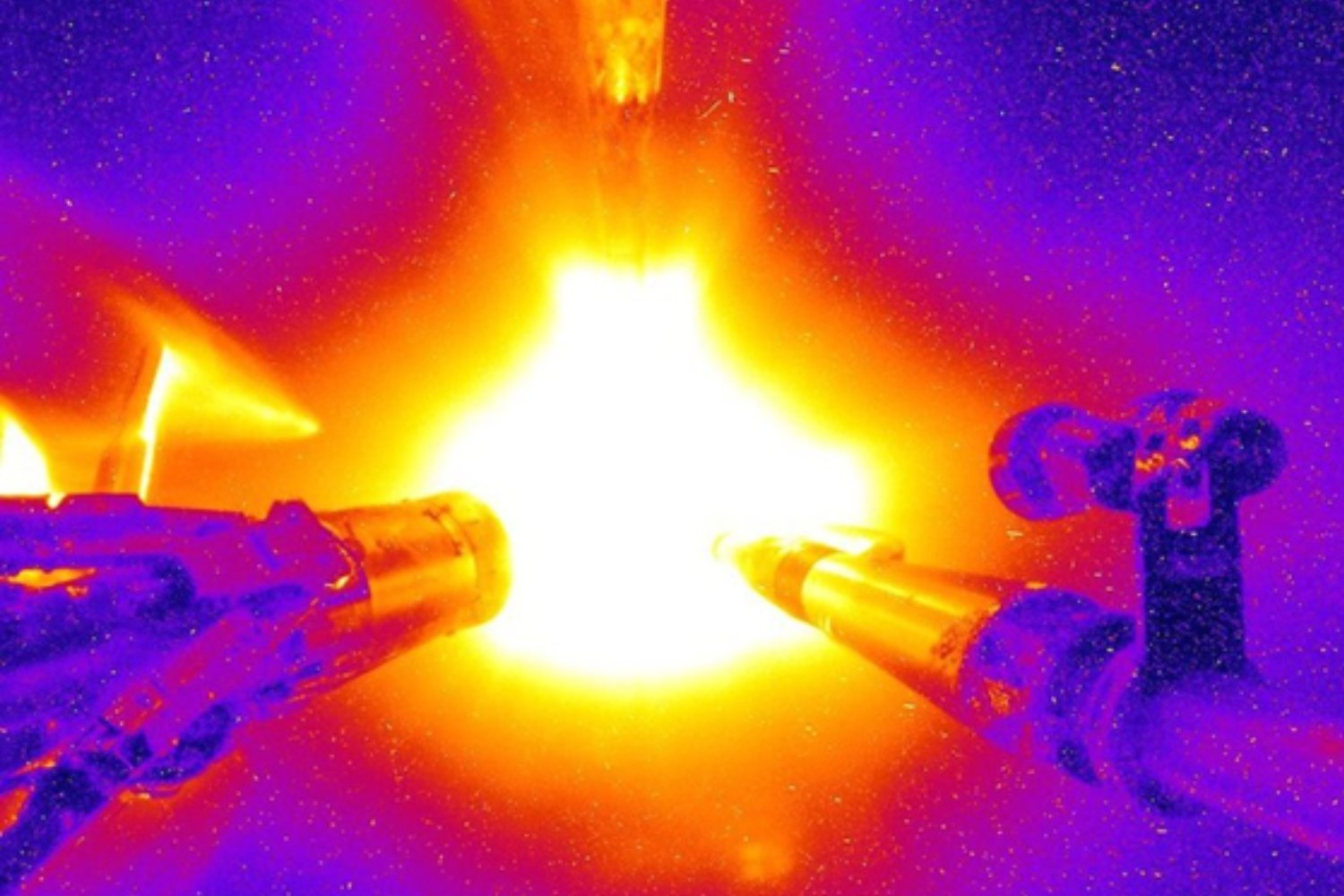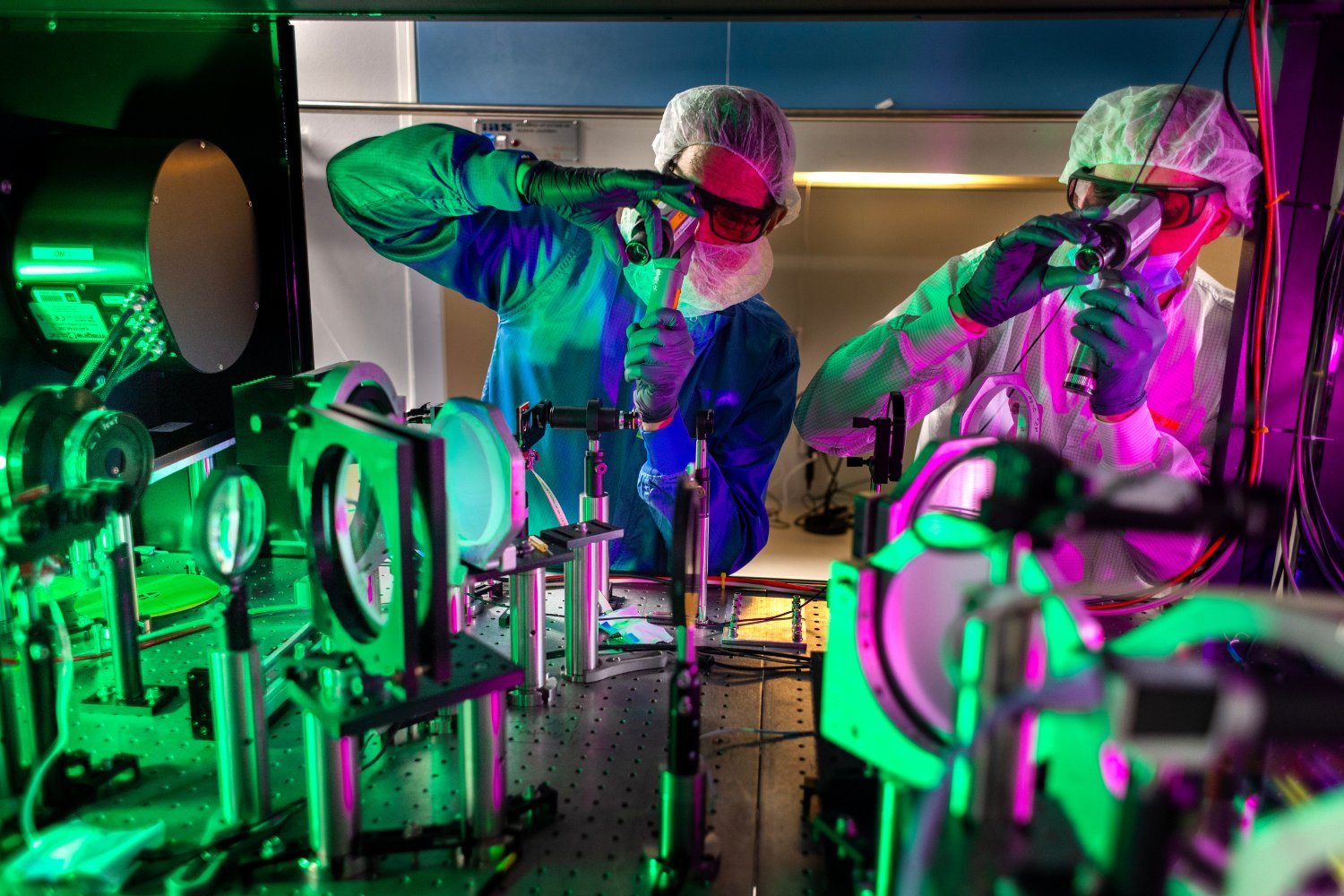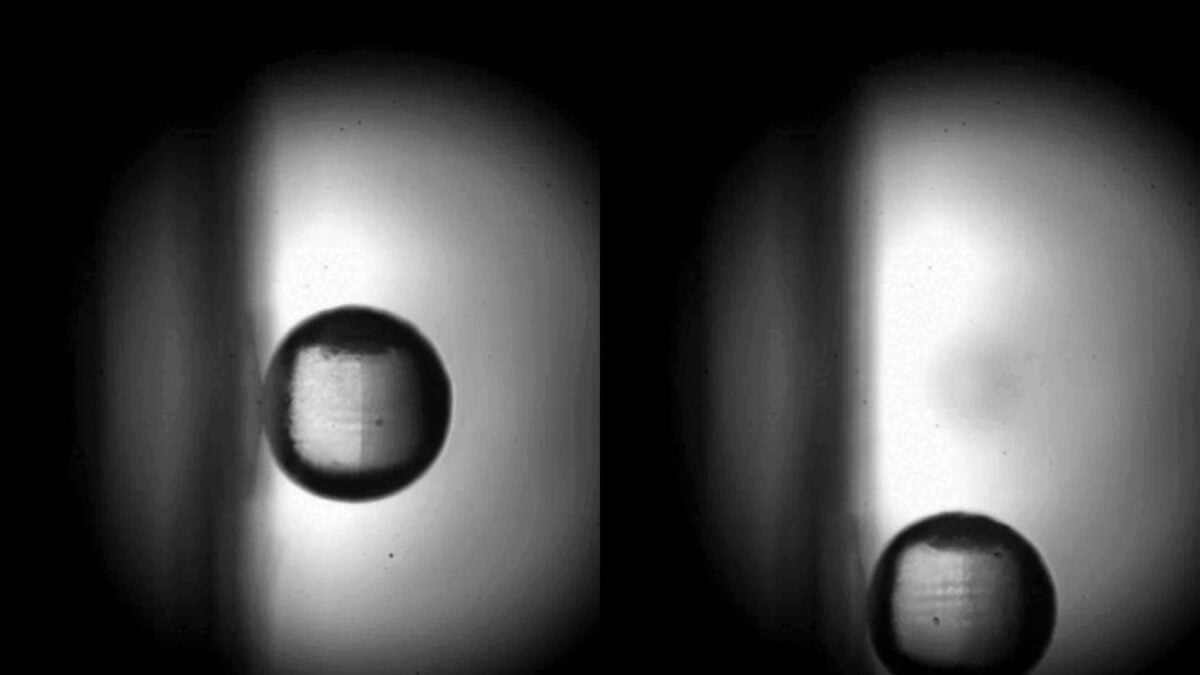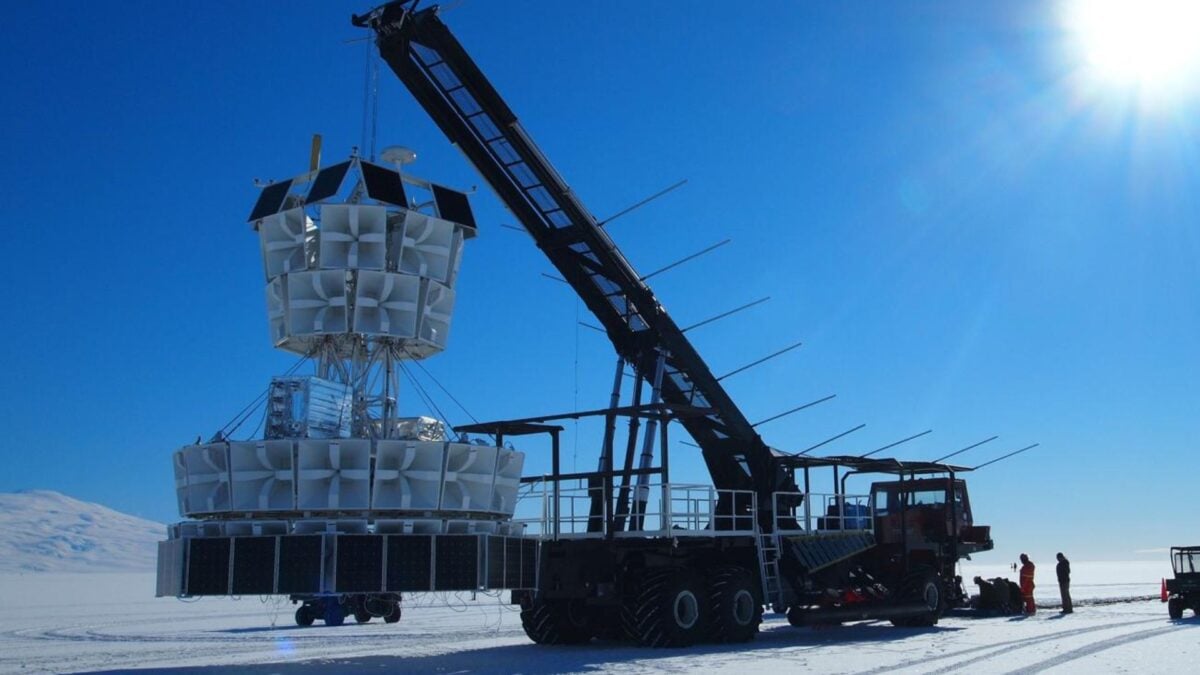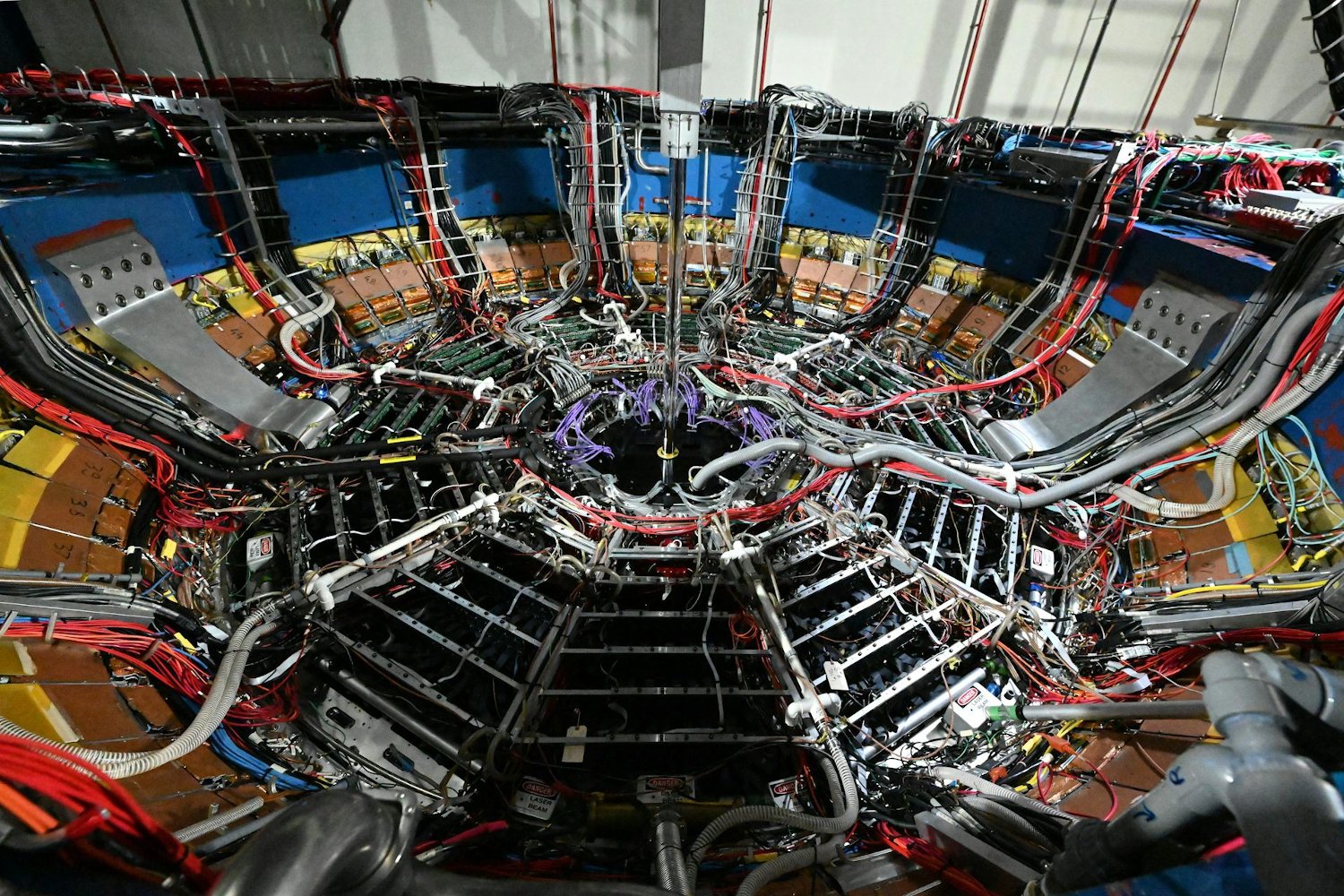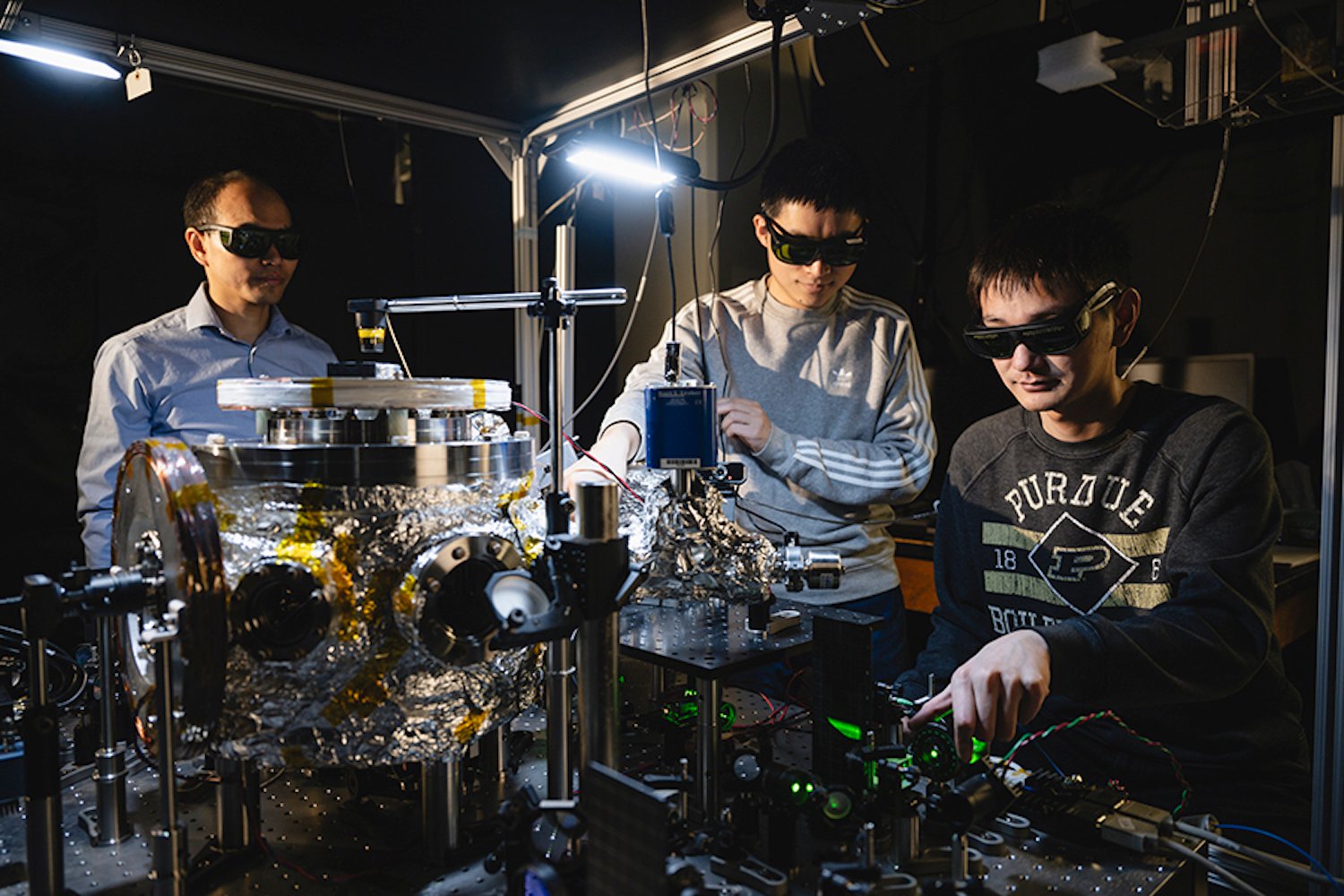The National Ignition Facility (NIF) at Lawrence Livermore National Laboratory has made significant strides in fusion energy, more than doubling its previous record for energy output. In recent experiments, NIF achieved fusion yields of 5.2 megajoules and then an impressive 8.6 megajoules, surpassing the groundbreaking 3.15 megajoules achieved in their historic 2022 shot, as reported by TechCrunch.
This achievement builds upon the 2022 breakthrough, where NIF first achieved “ignition”—a fusion reaction producing more energy than the lasers delivered to the fuel. While the 2022 experiment produced 3.15 megajoules of energy from 2.05 megajoules of laser input, it’s crucial to remember the overall energy required to power the lasers is significantly higher, around 300 megajoules. However, these accomplishments highlight the immense potential of nuclear fusion as a clean, virtually limitless energy source.
A Leap Forward in Fusion Energy
Fusion power, replicating the energy source of stars, has been a scientific pursuit for almost a century. The primary challenge has always been achieving a net energy gain, where the energy produced by the reaction exceeds the energy required to initiate it. NIF’s achievements represent a pivotal moment in overcoming this hurdle.
While the recent increase in energy yield is a significant advancement, the technology remains far from providing a sustainable clean energy source. The considerable energy input required to power the lasers, as highlighted by the 2022 experiment, underscores the remaining challenges. Furthermore, translating this experimental success into a functioning fusion power plant capable of large-scale energy production and integration into existing power grids remains a complex undertaking.
Inertial Confinement Fusion: The NIF Approach
NIF utilizes inertial confinement fusion, employing 192 laser beams to compress a peppercorn-sized, diamond-coated fuel pellet within a gold cylinder. This process creates a miniature star-like explosion within a 10-meter-wide vacuum chamber, heating the fuel to over 100 million degrees Fahrenheit and generating pressures billions of times greater than Earth’s atmosphere. The successful repetition of this process in 2023 and the recent increase in efficiency further validate the approach.
Alternative Fusion Approaches and Future Prospects
Despite NIF’s progress, significant challenges remain for inertial confinement fusion to become a practical energy source. Other research teams are exploring alternative methods, such as magnetic confinement, which uses magnetic fields to contain plasma. Projects like ITER, a large-scale tokamak under construction in France, aim to generate record energy outputs, although these facilities are not intended for power grid integration.
Conclusion: A Promising Path to Clean Energy
Fusion power, often viewed as a distant dream, is showing tangible progress. While substantial engineering hurdles remain, NIF’s achievements demonstrate significant momentum in the field. As the world seeks scalable clean energy solutions, fusion power offers a promising, albeit challenging, path forward.



